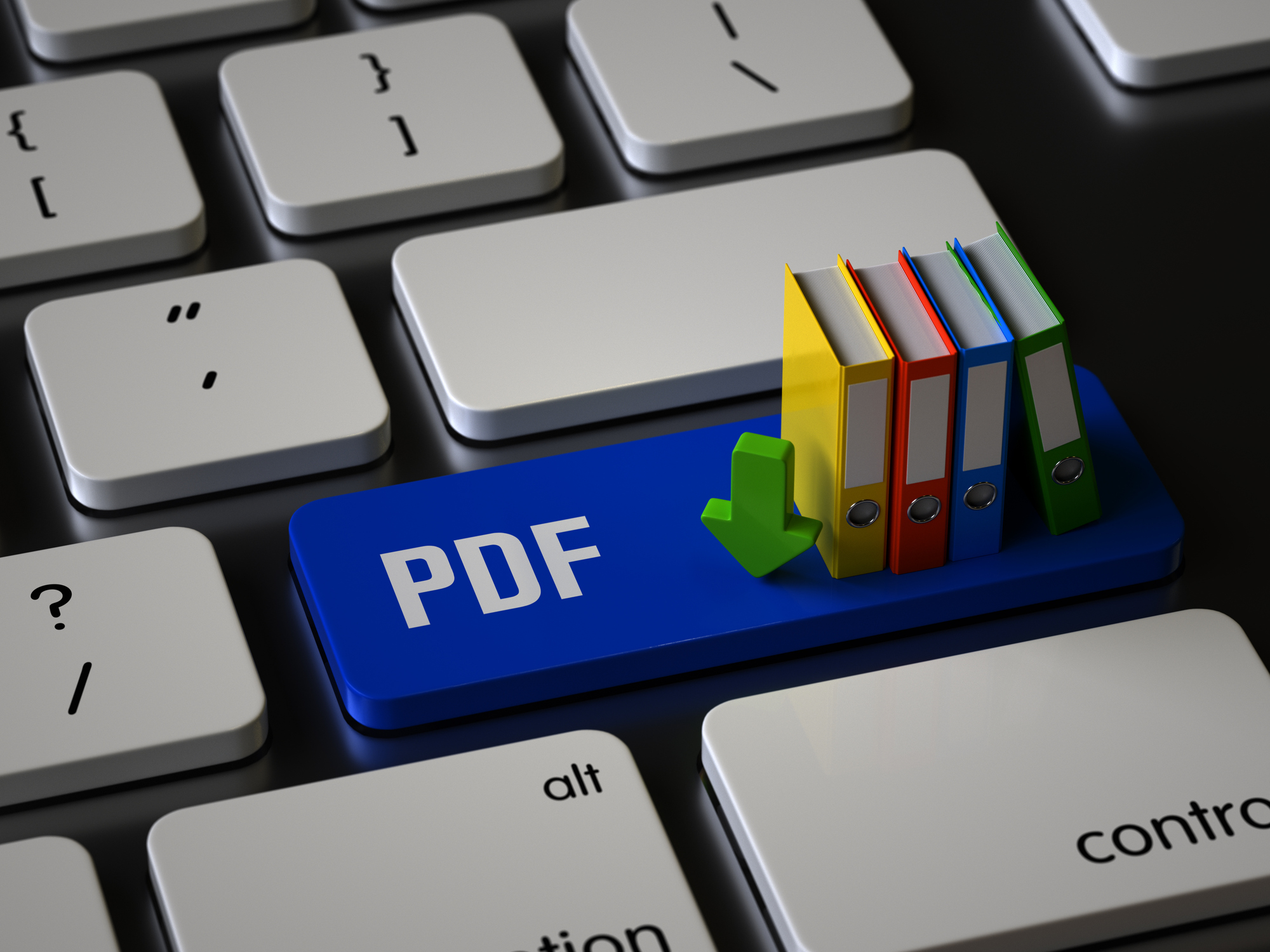
Whether you work for a government agency, educational institution, or for-profit business, your organization is likely en-route to destination WCAG — the W3C’s standard for web accessibility. Many laws and other accessibility standards are based on this collaborative international set of guidelines. WCAG is a philosophy – not a checklist – so you have some flexibility when applying it to your content. However, this flexibility means you’re faced with many decisions as you make your website and content accessible. One of these is HTML vs PDF.
PDF vs HTML: A Fork in the Road
Deciding whether to remediate PDFs or to migrate them to HTML is one fork in the road. When this article was first published, HTML was far superior and provided a consistently better experience for assistive technology users. But PDF remediation has come a very long way.
Following are five key considerations that will help you determine the best path to WCAG compliance and, ultimately, web accessibility for all.
-
Mobile Devices
HTML is more mobile-friendly, which is important since today users have multiple types of devices. Unfortunately, it’s still very difficult to provide a responsive design for a PDF document opened using a mobile device. Issues such as reflow are more easily resolved in HTML. (Reflow is the process of rearranging text on a screen to fill the visible area regardless of magnification. With reflow, it is not necessary to scroll right and left to see the content.) Resizing images and tables, charts, and graphs to fit onto smaller screens can be challenging in PDF format.
Equidox Software now supports reflowable PDFs, but many other PDF remediation solutions still do not.
-
Security
Many organizations choose the PDF format because they feel it provides tighter security than HTML. However, security options such as password-protection and forbidden document copying apply only to Adobe products. An abundance of free tools exist that can open and edit a “secure” PDF file without adhering to Adobe’s security settings. For security, PDF vs HTML is a wash.
-
Time
Remediating PDFs in-house can be hard work — and requires experience with PDF tag trees – if your software tool doesn’t help to automate the process. Most PDFs are not properly tagged. This makes manual remediation challenging and time-consuming since the tag tree in Acrobat is complicated. Moreover, converting a PDF file manually does not guarantee that the information is fully accessible — or conforms to WCAG standards.
Equidox PDF remediation software has vastly simplified the process of PDF remediation and can save you as much as 90% of the time you would spend using other tools. Plus, it has the benefit of being able to output your remediated document to either PDF or HTML formats without any additional work.
-
Required Skill
Most commercial desktop tools for editing PDF tag trees require significant skill and knowledge. Manipulation of the PDF tag tree should be reserved for the most technical and patient employees or external professional PDF remediation vendors. On the other hand, WCAG remediation of HTML content is generally straightforward.
However, Equidox PDF remediation software takes the complexity out of PDF remediation. It is designed for use by novices and experts alike. The AI-powered smart detection tools reduce complicated tasks like remediating lists and tables to a few clicks.
-
Browser Behavior
In most browsers, PDF files open in the browser itself by default rather than in Adobe Reader. Therefore PDF tags may not be brought over, making them inaccessible even if they were properly tagged. Also, PDF fillable forms are no longer fillable when opened in a browser.
Other interactive functionality is also removed by the browser, including reporting to the Accessibility API. A visually impaired person using a screen reader must open a PDF in Adobe to access the content.
Choose a path
So you may ask yourself: what is the best route to reach destination WCAG? Today, the answer for many organizations is converting to HTML, for others staying with PDF might be best. PDF to HTML conversion isn’t difficult using a solution such as Equidox. The goal of web accessibility is indeed attainable. Tools like Equidox can make it faster and easier, whether you want to use PDF format, or convert to HTML.
To learn more about Equidox PDF remediation software and how easy it is to remediate PDFs and output to either HTML or PDF, contact us.
(updated 6/22/21)
Tammy Albee
Tammy Albee | Director of Marketing | Equidox Tammy joined Equidox after four years of experience working at the National Federation of the Blind. She firmly maintains that accessibility is about reaching everyone, regardless of ability, and boosting your market share in the process. "Nobody should be barred from accessing information. It's what drives our modern society."